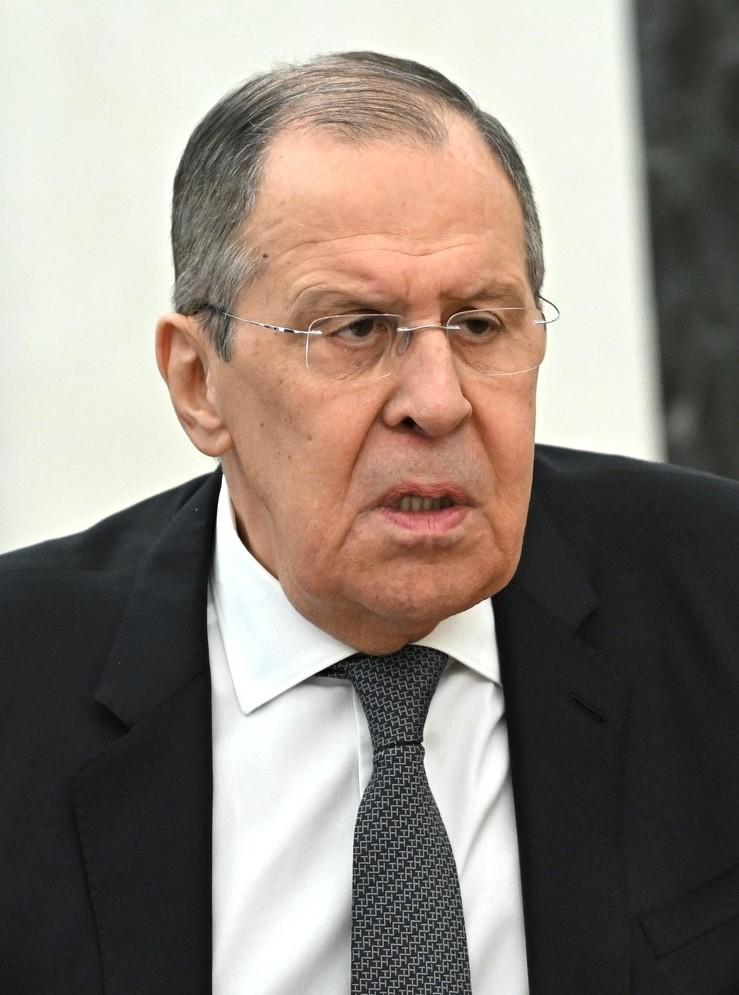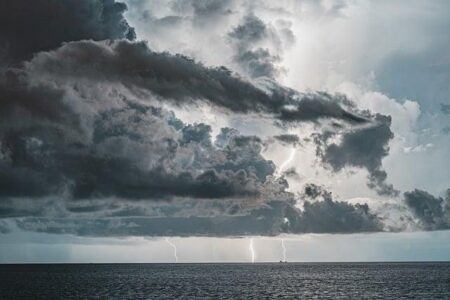Revitalizing the Russia-India-China Trilateral Alliance
Sergey Lavrov, Russia’s Foreign Minister, has recently advocated for the rejuvenation of the trilateral partnership between Russia, India, and China. He underscored this alliance’s strategic significance in navigating today’s evolving global landscape. Lavrov emphasized that a strengthened troika could act as a pivotal stabilizer in international relations by bolstering economic cooperation and security coordination among these three influential Asian nations.
This renewed focus on multilateral diplomacy reflects Moscow’s ambition to deepen ties with New Delhi and Beijing amid growing geopolitical shifts. According to recent analyses from leading news outlets like the Times of India, this trilateral framework aims to promote a multipolar world order that respects national sovereignty while encouraging shared growth.
Key Areas for Enhanced Collaboration
- Energy Security: Joint ventures spanning both renewable energy initiatives and traditional fossil fuel projects.
- Technological Innovation: Exchange programs focusing on digital infrastructure development and emerging technologies.
- Regional Peacekeeping: Coordinated diplomatic efforts to maintain stability across Asia-Pacific hotspots.
| Main Focus | Expected Outcome |
|---|---|
| Bilateral Trade & Investment | A projected increase of up to 30% in intra-troika commerce within five years |
| Defense Collaboration | Synchronized military drills alongside enhanced intelligence sharing mechanisms |
| Environmental Initiatives | Together driving carbon footprint reduction through joint climate action plans |
Deepening Economic and Security Cooperation Among Russia, India, and China
The diplomatic momentum building between these three powers signals an intent to fortify multifaceted partnerships encompassing trade, infrastructure development, energy supply chains, and technological collaboration. Each country brings unique strengths: Russia as a major energy exporter; India with its burgeoning tech sector; China as an industrial powerhouse-together aiming to recalibrate global economic balances through harmonized policies and mutual investments.
The security dimension is equally critical. Discussions have intensified around counter-terrorism cooperation, intelligence exchange protocols, joint naval patrols in contested maritime zones such as the South China Sea-and establishing robust communication channels for crisis management. This trilateral defense dialogue seeks not only tactical alignment but also strategic resilience against emerging geopolitical threats.
- Economic Priorities: Cross-border infrastructure projects including railways and pipelines; collaborative clean energy ventures; technology transfer agreements fostering innovation ecosystems. Â
- < strong >Security Initiatives:< / strong > Intelligence sharing frameworks; coordinated military exercises enhancing interoperability; joint counter-terrorism operations targeting transnational threats.< / li >
 - < strong >Vision Forward:< / strong > Creation of a permanent trilateral forum facilitating continuous dialogue; ambitious targets set for bilateral trade expansion over the next decade.< / li >
 < / ul >Â
 Â
 < tr >< td >Energy Resources< td />Oil & Gas ExporterSector< / th >
ÂRussia< / th >
ÂIndia< / th >
ÂChina< / th >
 < / tr >
 < / thead >Renewable Energy Advocate Coal & Hydropower Leader  Â
 Â
 Â
 Â< td >Trade Volume (2023)< td />$85B $130B $160B < td >Military Engagements Advanced Weapon Systems Regular Joint Exercises Expanded Naval Patrols Advancing Multilateral Collaboration in the Indo-Pacific Basin
The Indo-Pacific region remains one of the most dynamic yet complex theaters of global geopolitics today. To foster lasting peace and prosperity here requires deliberate trust-building measures anchored by shared strategic objectives among key stakeholders like Russia, India, and China. Regular high-level summits can enhance transparency while reducing risks stemming from competing ambitions or misunderstandings across borders.
A vital step forward involves establishing dedicated crisis communication channels enabling rapid conflict de-escalation-a mechanism crucial given recent flashpoints such as tensions near Taiwan or disputes over maritime boundaries in Southeast Asia.
Tangible progress will also come from targeted sectoral partnerships where each nation leverages its comparative advantages:
- Spearheading sustainable energy collaborations focused on solar power farms across Central Asia;
- Cohesive maritime security patrols safeguarding vital shipping lanes;
- Pioneering science & technology exchanges emphasizing AI research;
- Laying groundwork for joint infrastructure investments under unified regulatory frameworks;
The table below summarizes how each country stands to gain strategically from deepened cooperation within this tripartite alliance:
Country Primary Advantage Strategic Focus Area Russia Expansion of hydrocarbon exports into Asian markets Securing resource supply chains India Acceleration of technological innovation hubs Economic modernization through digital transformation China Strengthening naval capabilities for regional dominance Consolidating influence across Indo-Pacific waters Looking Ahead at Trilateral Dynamics Amid Global Shifts
Sergey Lavrov’s call for revitalizing the Russia-India-China troika underscores Moscow’s strategy to forge stronger alliances amidst rapidly changing international power structures. The success of this initiative hinges on how effectively New Delhi (India)and Beijing (China)respond. Should they embrace deeper collaboration, it could herald significant realignments reshaping geopolitical landscapes throughout Asia. Observers worldwide will be closely monitoring developments, anticipating whether this trilateral partnership evolves into a cornerstone institution promoting stability, prosperity,and multipolarity in coming years. }




